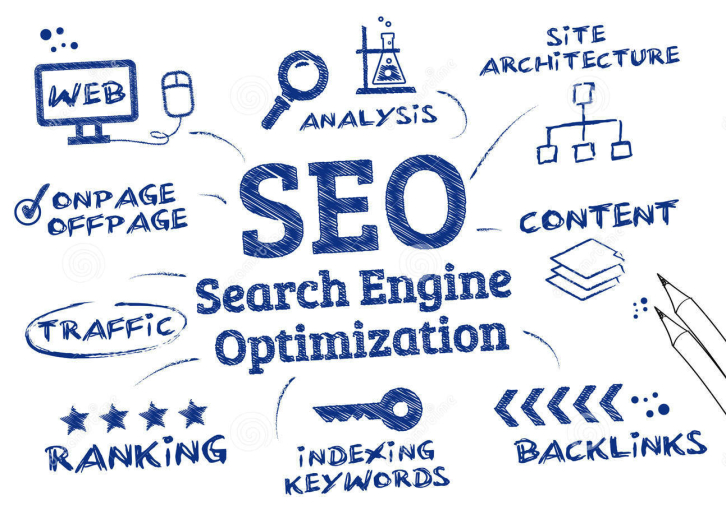Yesterday I went to talk to a recruiter. Before we met, I was asked to fill out some paperwork. Pretty typical. One was a legal document several pages long on one topic, mandatory arbitration. Basically, mandatory arbitration says you are agreeing to not settle legal disputes in a US court room but through arbitration instead. One issue I have with that is that presumably the other party, in this case the recruiter, hires the arbitrator so I feel they would be biased to a point that their objectivity would be comprimised. I also feel that it undermines our consitutional right to a trial in the US court system. In arbitration, the arbiter might not even have a legal background. You have no say. But many states, Texas being one of them, allow for this.
If you don't believe me, there is a great movie on this very topic. Hot Coffee. In fact, if I hadn't seen Hot Coffee I wouldn't even know it was an issue. This movie talks about tort reform, lobbying, and mandatory arbitration. The mandatory arbitration segment tells of the true story of Jamie Leigh Jones who was a Haliburton employee that was raped, possibly multiple times, while working overseas during the war in the middle east. Haliburton had her sign a mandatory arbitration clause during the hiring process. She went overseas and was put in a coed dorm. The men there would make harrasing comments. One night they drugged and raped her repeatedly. Keep in mind she is overseas in a war situation. She tried to complain and they, Haliburton, detained her in a fucking shipping container with an armed guard. Not the US military, Haliburton. She tried to sue Haliburton but then was told she no longer had the right to because she had signed a mandatory arbitration clause. Haliburton is scum of scum. And that is how I feel about anyone that uses mandatory arbitration. It shouldn't be legal.
I had no choice to sign. i don't think an issue will come up, but if it does, I will not have the right to sue this company or any of its employees. I feel mandatory arbitration is unethical and unconstitutional. It should not be legal and I hope one day our legislators in Texas and the US repleal it. If I can do anything for anyone fighting this, please ask. It truely is an evil.




